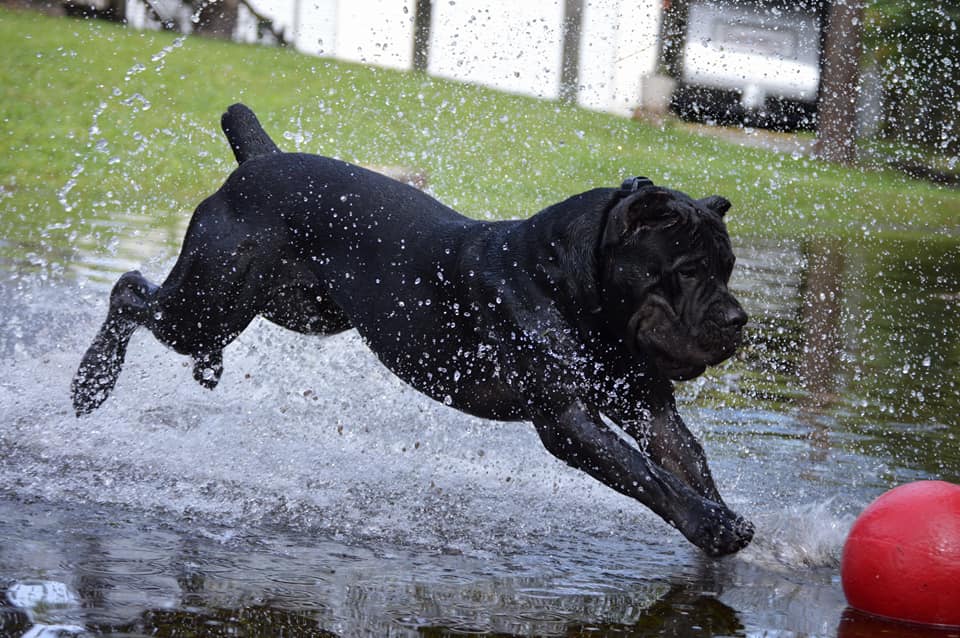It doesn’t take much observation to see a significant size variation in the Cane Corso. It’s all over the place. From ringside to the sporting course, and the working field to the family couch, it is clear that the breed lacks consistency in this area. Some dogs are heavy-boned, void of muscle definition, and cumbersome. At the same time, others are wispy sprites that a good stiff wind could sway.
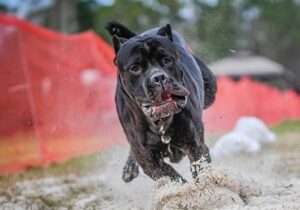
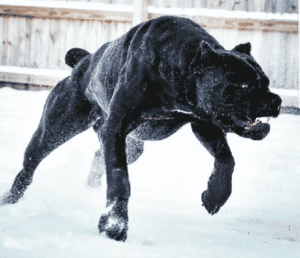
Along with the dogs’ variance in stature, the community has variance in opinions too. How big should a Corso be? This is one of the age-old debates, and to be fair, the different sizes can be validated through historical iconography, photographs, and accounts. It’s not hard to find evidence to justify one’s preference. Add the complication that just 50 years or so ago, the Corso was a “type” of dog—not a solidified breed—and the size fluctuation isn’t surprising. However, this is a trait of a breed in its infancy, and it’s time for breeders, owners, and judges to face the challenge, narrow the size gap, reach a balance, and achieve congruency in the Cane Corso.
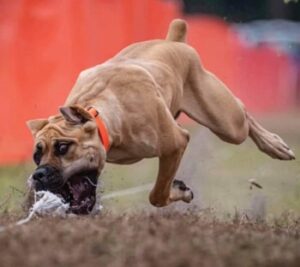
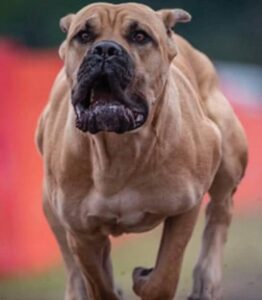
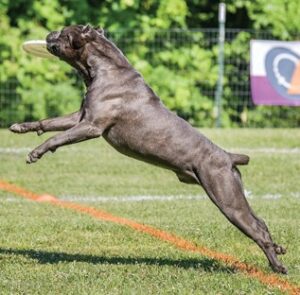
The best place to start is the very first line of the AKC Breed Standard: “Ancient Italian breed medium-large size Molossus Dog.” This one sentence contains the parameters that will resolve the variances. So what does this line of blueprint describe?
First, “Ancient Italian breed” refers to the utilitarian tasks Corso-type dogs performed for centuries. This cluster of jobs makes clear that the Corso is balanced in his physique and abilities. Each task tells us something.
In some regions, the Corso is a guardian of people and flocks. This indicates not only a specific temperament requirement, but it calls for a body built to run hills and valleys each day or hold his ground behind the garden gate. He is hardy enough to withstand the elements; not frail so the cold could penetrate nor flabby where the heat would exhaust. In addition, this guardian had significant athletic prowess, able to engage in tireless combat, defeating threatening foes whether man or beast.
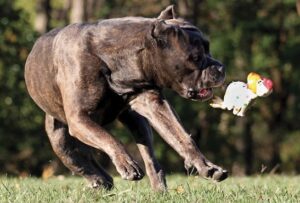
Other regions and eras called for the Corso to be a mighty hunter of boar and bear. This required them to run with the hounds or follow behind the horses, all day, through dense brush and miles of deep forest. Once the Corso arrived on the scene to engage the fierce beast, he must have the power and size to subdue it until the master arrived, holding on until it was dispatched. At times, the Corso earned his keep as a beast of burden, carrying loads or pulling carts. He could catch and hold a bull, root out a ferocious badger, and work as a general farm dog.
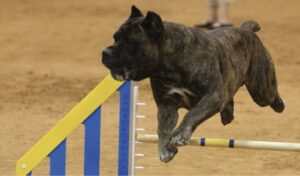
This long list of abilities defines the structure and mass of our breed. The Cane Corso is physically fit, has substantial muscle mass, and is powerful. He is capable of feats of endurance, is impervious to environmental hardships, and is simultaneously sturdy and nimble. (This kind of sounds like The Three Bears nursery rhyme: “Not too big, not too small, but juuuuust right.”)
Now, let’s talk about the second part of the sentence, “…medium-large size Molossus Dog.” Unknowingly, many have misread these words and determined that the Corso is supposed to be a medium/large breed. This is not correct! The Standard states, “medium-large… Molossus!” There is a vast difference. The AKC generally defines a “medium” breed as being between 45 and 75 pounds. The Cane Corso is not a medium-sized breed and should not be in this size range. So, if the Corso is a medium-large Molossus, what does that mean? The simple English definition of Molossus is “Mastiff-like.” Molossus traits include larger heads and stature, wide chests, and muscle mass. They are dogs of ancient origin that were bred, generally, to protect, defend, and fight. The Breed Standard calls for the Cane Corso to be a Medium-Large “Mastiff-type” dog.
When we combine the description of the jobs the Corso was bred to do and the correct categorization as a Mastiff-type, a clear picture presents itself regarding size. The definition is not determined by a scale or even by the wicket, but by the ability to function at peak performance while still within the parameters of the Molossus categorization.
So, what size matters? A Cane Corso should be athletic enough to pursue foe or prey without tiring AND be large and powerful enough to subdue it once he arrives. As with all things Corso, balance is always the answer.



